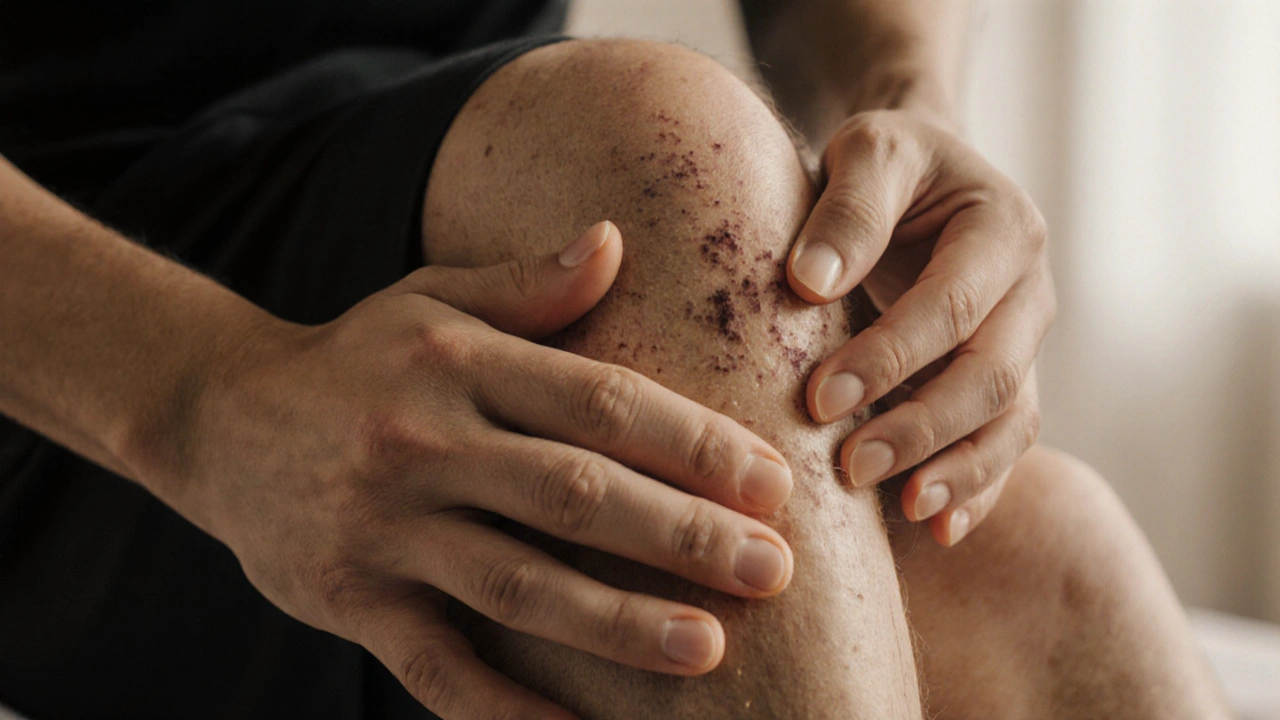Trigger Points: What They Are and How Therapies Like Myofascial Release and Cupping Help
When you feel a sharp ache in your shoulder that won’t go away, or a dull pain in your lower back that seems to come from nowhere, it might not be your spine or joint—it could be a trigger point, a hyperirritable spot in a taut band of muscle that causes localized or referred pain. Also known as muscle knots, these tight spots don’t always hurt where you feel them. A trigger point in your neck might make your head throb, or one in your hip could send pain down your leg—like a wiring glitch in your body’s nervous system.
Most people try stretching, heat, or over-the-counter painkillers, but those often just mask the problem. What works better is targeting the trigger point directly. That’s where therapies like myofascial release therapy, a hands-on technique that applies sustained pressure to release tight connective tissue around muscles come in. It doesn’t just rub the sore spot—it follows the tension lines, breaks up adhesions, and tells your nervous system it’s safe to relax. cupping therapy, a method using suction cups to lift and separate tissue layers does something similar but with suction instead of pressure. Studies show both help reduce pain from trigger points better than massage alone, especially when the issue has been around for months.
These aren’t new-age tricks. They’re grounded in how your body actually works. Trigger points form from overuse, stress, poor posture, or old injuries. They lock muscles into a constant state of tension, cutting off blood flow and trapping waste chemicals. That’s why just massaging the area often fails—you’re not reaching the root. Therapies like myofascial release, cupping, and even bamboo massage (which uses heat and rhythm to soften deep tissue) all work by disrupting that locked pattern. Even gentle methods like Trager therapy and Ortho-Bionomy, which don’t force the body, can help by resetting how your nerves interpret pain signals.
You don’t need to be in constant pain to benefit. Many people with tight shoulders from typing, headaches from clenching their jaw, or stiff hips from sitting too long have trigger points they didn’t even know about. The key isn’t brute force—it’s precision. Finding the right spot, applying steady pressure, and letting the tissue release on its own. That’s why blind massage, with its heightened touch sensitivity, and knife massage, with its focused blade pressure, are gaining traction—they’re built for this kind of targeted work.
Below, you’ll find real, practical guides on exactly how these therapies work, who they help most, and where to start if you’ve been living with unexplained aches. No fluff. No hype. Just clear, tested methods that actually reach the source of your discomfort.

Contractual Tendon Release: What It Is, How It Works, and When You Might Need It
Contractual tendon release is a targeted therapy for stubborn tendon tightness that doesn't respond to stretching. Learn how it works, who benefits, and what to expect from treatment.
Categories
- Health and Wellness (148)
- Alternative Therapies (79)
- Massage Therapy (40)
- Travel and Culture (14)
- Beauty and Skincare (9)
- Holistic Health (8)
- Health and Fitness (5)
- Spirituality (5)
- Other (2)
- Personal Development (2)
Popular Articles



